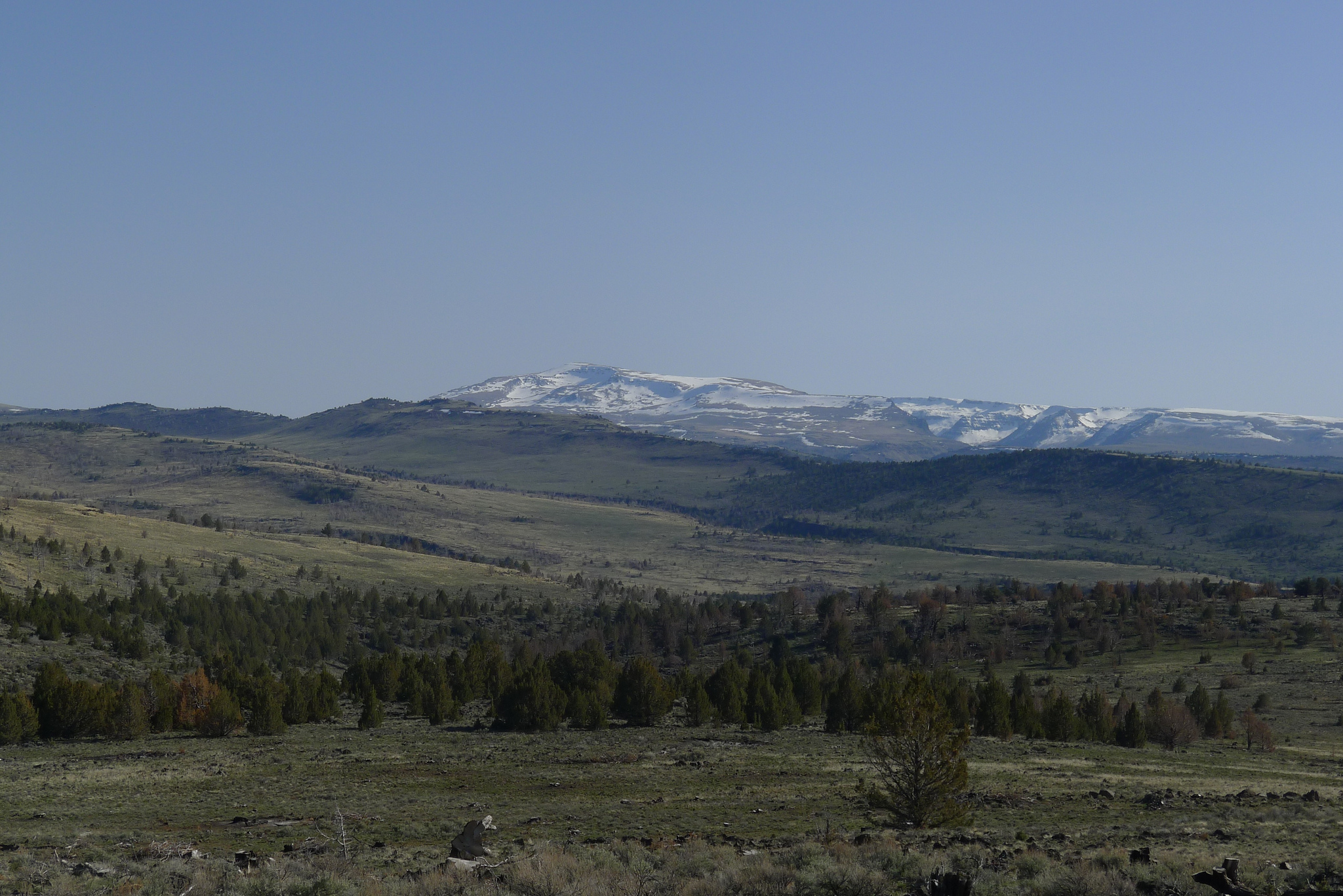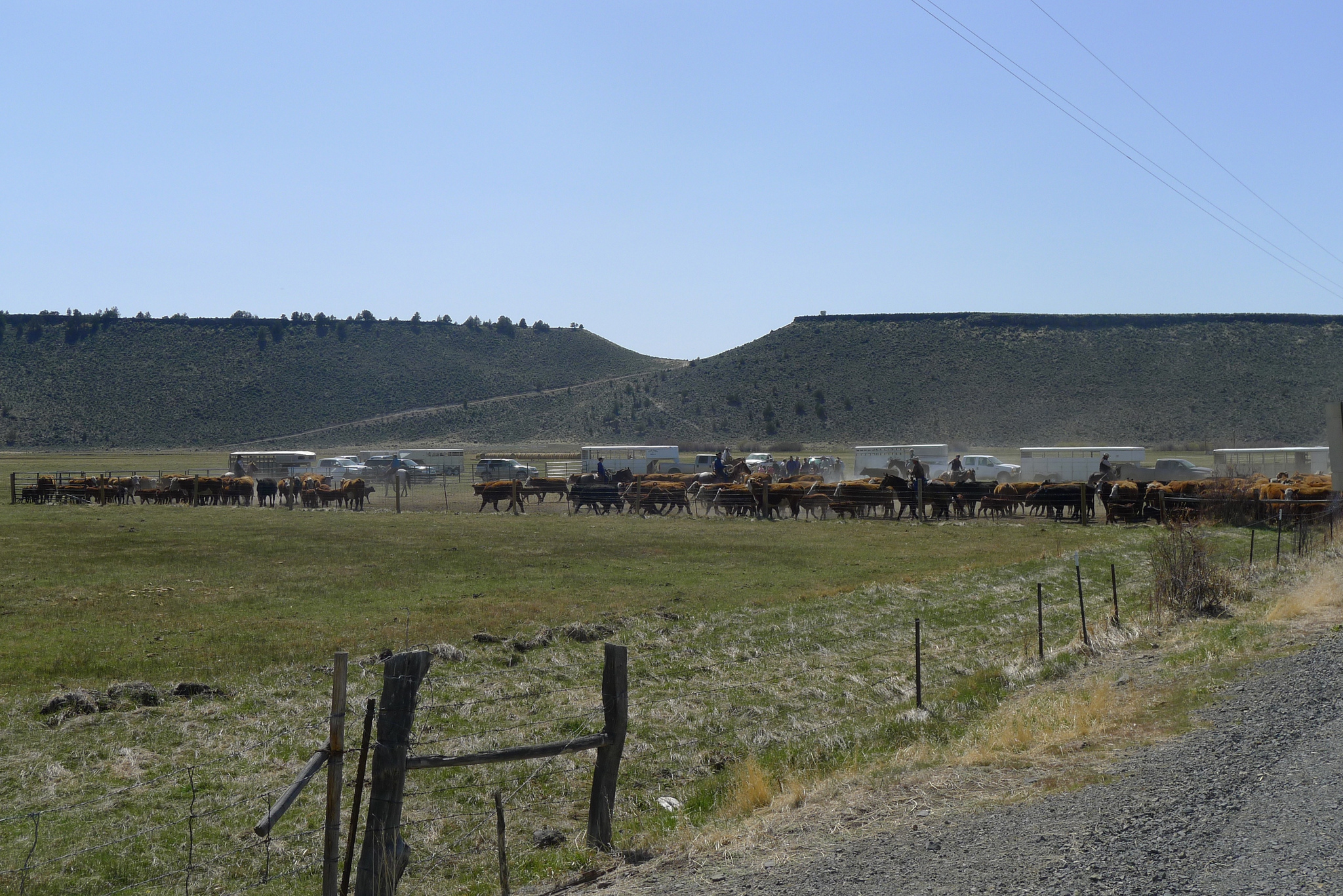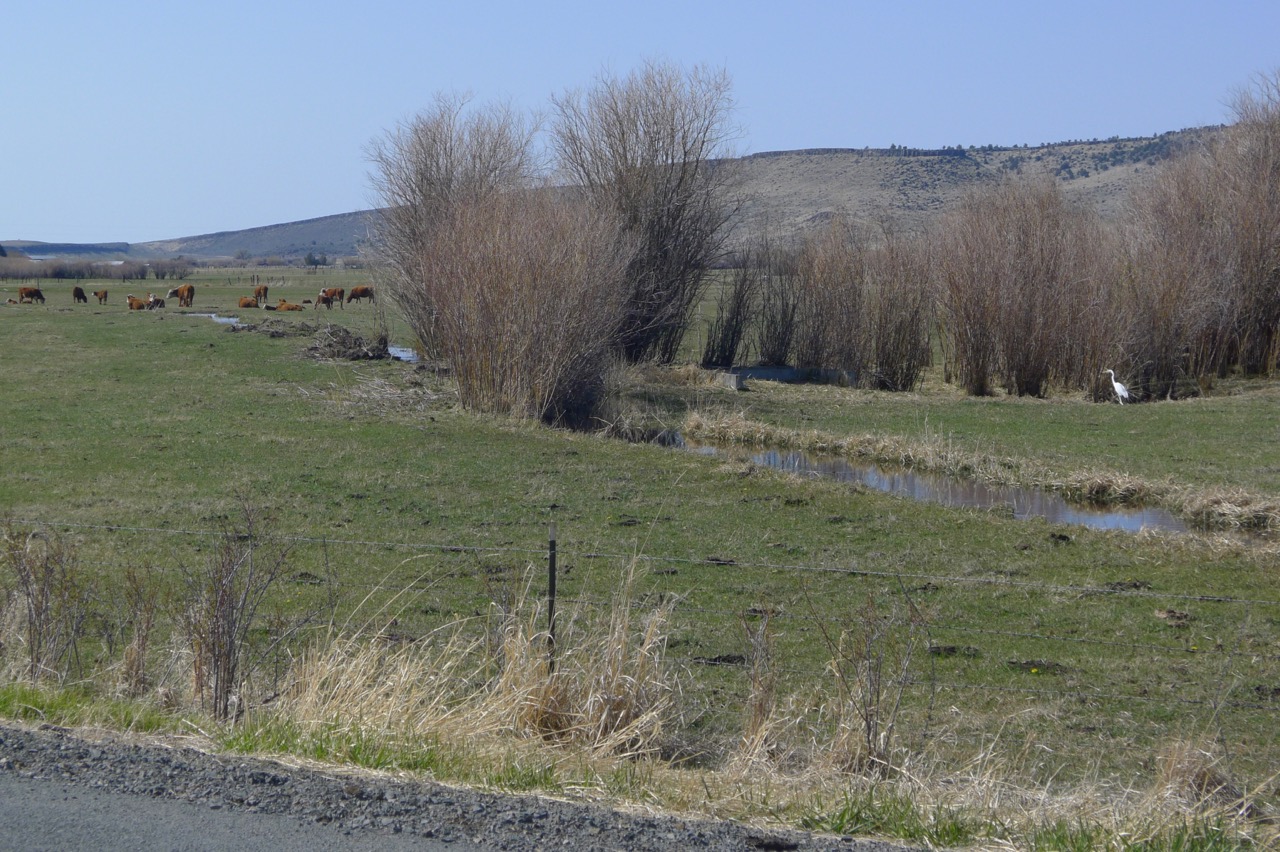The past decade has had many worried about fate of the Greater Sage Grouse. The bird’s population has been declining, impacted by habitat fragmentation and industrialization of the landscape. This is another classic natural resource conflict similar to the salmon and Spotted Owl conflicts of the 1980’s, 1990’s – and well now. Issues at hand are questions about the science of the species (how they breed), the role of humans in fire management, and how different rangeland users impact the bird population differently. At the same time, large record setting catastrophic wildfires have been impacting the sage brush sea – adding more pressure to the sage grouse population. It is this growing set of issues that provide a backdrop for the antics in Burns, Oregon.

Steens Mountain
Federal laws tend to be better sledgehammers than scalpels, something many of us in natural resource management are aware of. As policy researchers, many of us become excited when we hear about collaborative efforts to manage regulations in a cooperative way. Simply shutting down a resource never produces the best outcomes for species or people. I had a chance to visit Burns in 2013 and tour with local managers and ranchers to explore the wildfire and sage grouse issues. The big questions then on the range was how to manage fire and the sage grouse? Was cattle grazing an appropriate way to reduce fuel loads? What are we to do with encroaching Juniper forests that are displacing sage grouse and adding to fire threats? How can families continue to ranch and pass land on to children and not run afoul of tax law?

Spring Branding in Harney County
Some answers were emerging. New research from the Eastern Oregon Agricultural Research Station was leading to testing of a reseeding technique for sage brush that could make wildfire restoration more effective. This was a development many in the community were proud of. Ranchers in some cases were investing in their own research to test grazing patterns. Like many resource dependent communities such as fishers or loggers, they have an intimate understanding of environmental response to human activities. Though sometimes these understandings can be compromised by economic pressures. But these issues were being worked on as a community together.
But not everyone follows the rules. The Hammonds clearly decided to repeatedly flaunt the law, and not for such pure reasons as some argue. It is their actions that activated one of those federal sledgehammer laws. But it was not one many would have anticipated. It was not the Endangered Species Act that set this one off. (The bird was recently found not to warrant federal protection.) It was not ostensibly grazing or rangeland management laws (though that is a backdrop.) It was the Antiterrorism and Effective Death Penalty Act of 1996 that set this one off.

The Pete French Round Barn from the 1870’s
This law set mandatory minimum sentences for destroying federal property with arson. Some have argued that this was a response to ‘ecoterrorism’ – but the law was signed before many of those examples. It was signed a year after the Oklahoma City bombing, a domestic terror attack. So to see it applied in this case has raised eyebrows. Is a five year sentence for wildfires versus burning a federal facility fair? To be honest, considering the threats to wildland fire fighters, I am not one to take any form of arson lightly. Those firefighters have had a terrible series of seasons in the West, and fire is not something to take into one’s own hands.

Birds and Cattle – the Western Refuge Way
At the same time mandatory minimums and antiterror law are massively disproportionately applied to communities of color. These types of laws have fueled incarcerations that we have a hard time seeing as just. The Hammonds are a rare case of the white guys getting the book thrown at them. But the militia (terrorist) response in Burns has been triggered by the application of the law. This law is one many of us protest, but not with arms. (And militia movements are tied to lots of other ugly things in the West.) Privilege allows these individuals to waltz around a federal office with guns.
But we need to parse out three issues here: the role of federal antiterror law and more specifically mandatory minimum sentences, the history of conflict in western resource management, and white terror facilitated by a culture and law of permissive weapon ownership. These three issues are meeting in Burns, and they carry a huge burden with them.
Today’s headlines are sad because there was a seed of cooperation clearly taking root in the region when I visited. Trust has been hard to find between the environmentalists, ranchers, land managers and scientists. There was progress in working towards a more nuanced understanding of rangeland management and ecology. After the militia are gone – hopefully without harm or providing them the attention they crave – the underlying issues will remain. Can these efforts be returned to in the aftermath? The armed individuals do not speak for the local community and I hope we remember that.
If you want to read more on the history of the Malheur, consider the book by Nancy Langston: “Where Land and Water Meet.” Its an amazing history that shares the seesawing priorities in land management and is very well written.








